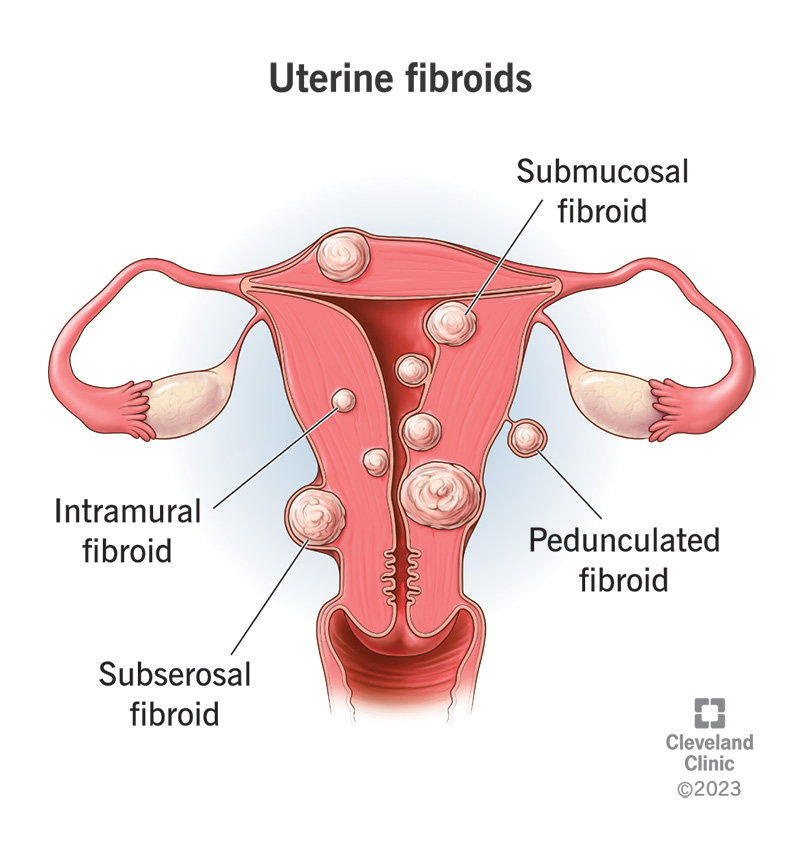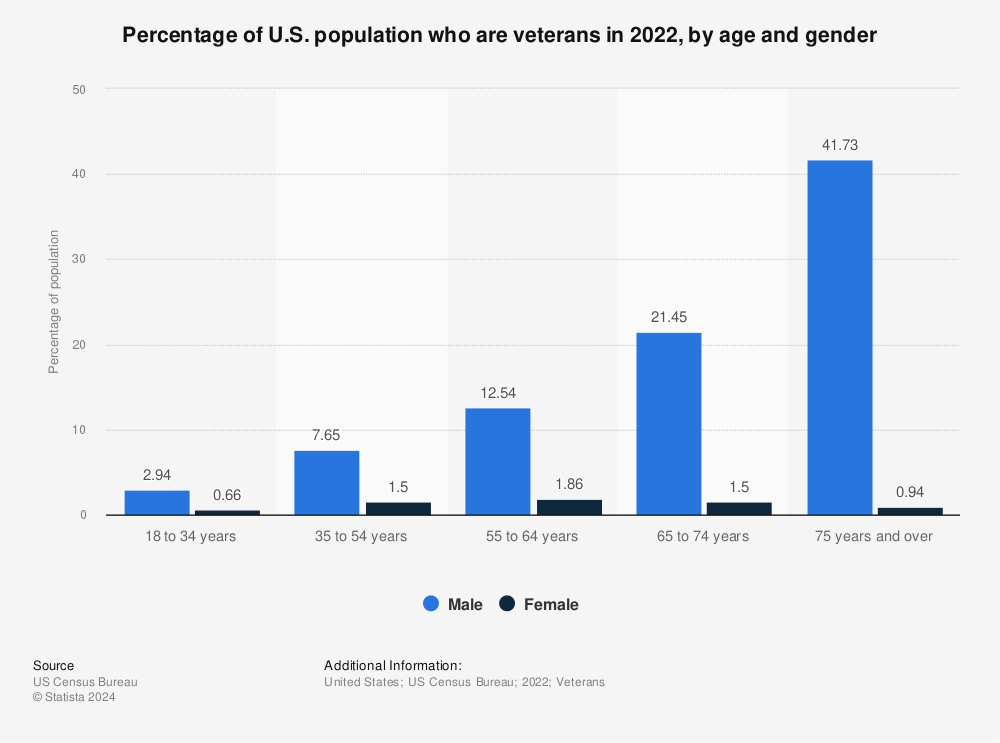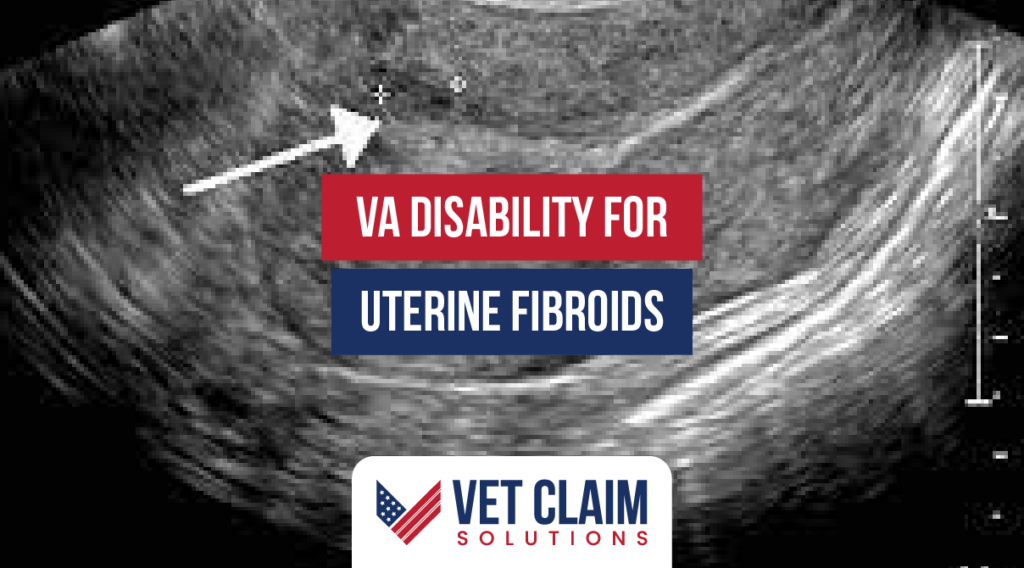Imagine serving your country and then facing a battle with VA Disability for Uterine Fibroids. This is the reality for many women veterans. Yet, amidst these struggles, avenues of support and optimism emerge. Today, we’re unpacking the burden of uterine fibroids on women who’ve served and highlighting the critical role of VA disability support in their lives.
Embarking on a journey through the complexities of establishing service connection, steering through compensation evaluations, and delving into avenues for legal support. Additionally, we delve into related health issues that uterine fibroids could bring about, potentially impacting you or someone close to you.
So buckle up; we’ve got lots of ground to cover. Let’s make sure no one goes through this journey alone.
Understanding VA Disability for Uterine Fibroids
What Are Uterine Fibroids?

Uterine fibroids, which are benign tumors that develop within the uterus, mainly manifest during a woman’s reproductive period. Though they’re often asymptomatic, when symptoms do show up, they can be a real party pooper: think heavy menstrual bleeding, pelvic pain that won’t quit, and an urge to urinate so frequent it could rival your coffee intake. Navigating through each day becomes a challenge, not to mention the potential hurdles in starting a family, when you’re grappling with symptoms that go beyond mere annoyance.

In the context of female veterans—who make up over 2 million strong heroes as of 2024—understanding uterine fibroids goes beyond basic health awareness. Given their median age is around 51 years old, many may face this gynecological condition amidst navigating post-service life.
The Importance of VA Disability Benefits
Navigating the waters of VA disability benefits isn’t exactly smooth sailing for anyone who hasn’t done it before. However, plunging into the depths for individuals grappling with uterine fibroids proves vital; it acknowledges and rewards their service-related health struggles, pivotal in guaranteeing our veterans receive the recognition and aid they rightfully merit. The process might feel like running through a maze blindfolded at times—but understanding how to establish a connection between military service and uterine fibroid development or exacerbation marks step one on the map to securing deserved benefits.

This includes both direct connections (proving that your military duties directly caused or aggravated your condition) and secondary ones (whereby another service-connected issue leads to developing fibroids). And let me tell you – cracking this code doesn’t just open doors; it opens floodgates to potential relief options ranging from medical care coverage to compensation payments.
Service Connection Criteria for Uterine Fibroids
Establishing Direct Service Connection
To establish a direct service connection for uterine fibroids, veterans need to prove the condition began during or was aggravated by their military service. This requires medical evidence linking uterine fibroids directly to an event, injury, or exposure while in the military. A key document in this process is the VA Form 21-526EZ, which initiates your claim.

A crucial part of making your case includes gathering any relevant medical records from both during and after service that show continuous treatment for symptoms related to uterine fibroids. Veterans should also be prepared with personal statements detailing how these conditions impact their daily lives.
Secondary Service Connection Possibilities
If establishing a direct link seems challenging, consider secondary service connections. Demonstrating that an existing condition linked to your service has either led to the development of or exacerbated your uterine fibroids is what this step entails. For instance, if you have PTSD treated with certain medications known to influence hormonal balance and possibly contribute to gynecological conditions like fibroids, this could serve as a basis for a secondary claim.
Navigating Compensation & Pension Exams

Understanding what to expect during a Compensation and Pension (C&P) exam, especially for uterine fibroids, can make the process less daunting. Undergoing this examination is pivotal for the evaluation of your claim regarding VA disability benefits.
Preparation Is Key
Before heading into your C&P exam, gathering all relevant medical records related to your uterine fibroids is vital. These documents paint a clear picture of your condition’s history and its impact on daily life. Knowing the specifics of the VA’s Schedule for Rating Disabilities can also give you insight into how they might rate your condition.
The evaluator will scrutinize signs such as intense periods or discomfort in the pelvic area, along with any records of continuous therapy or operations for uterine fibroids. Be prepared to discuss how these symptoms affect both work and personal activities.
Diving Into Diagnostic Codes

Your condition will be evaluated based on specific diagnostic codes that categorize different disabilities according to severity and impact on health. Uterine fibroids fall under gynecological conditions in the VA rating schedule, where their effects—such as anemia from excessive bleeding—are considered in determining disability ratings.
Grasping these codes in advance equips you with the knowledge of which facets of your ailment hold the most weight when it comes to obtaining advantages.
Acing Your Exam With Confidence

Treating this exam as an opportunity rather than an obstacle sets a positive tone right off the bat. Clearly communicate with your examiner about how uterine fibroids have affected you since leaving military service; this candid conversation provides essential details needed for accurately evaluating your claim.
Secondary Conditions Linked to Uterine Fibroids
Female veterans dealing with uterine fibroids may face a domino effect of health issues. The ripple effects of these conditions vary from slight annoyances to major obstacles, deeply affecting their life’s enjoyment and work performance.
Common Secondary Conditions

Navigating the aftermath of uterine fibroid diagnosis often ushers in additional health confrontations, altering everyday life. A common complication involves challenges in urination, severely interfering with everyday routines and nocturnal rest. Then there’s the risk of developing anemia due to heavy menstrual bleeding, leaving women feeling perpetually exhausted and unable to maintain normal energy levels. Moreover, persistent pain in the pelvic region not only affects physical well-being but also mental health, potentially leading to or exacerbating depression or anxiety disorders.
This ripple effect underscores why establishing both direct service connection for these gynecological conditions and recognizing them as common secondary conditions is vital for female disabled veterans seeking VA disability benefits.
Navigating Through Service Connection Criteria
To link these secondary conditions directly back to military service—be it through continuous treatment records or connecting them as consequences of service-connected uterine fibroids—is key in maximizing one’s VA disability rating. Familiarizing oneself with the VA Form 21-526EZ, alongside understanding how ailments like difficulty urinating qualify under VA’s Schedule for Rating Disabilities, could significantly smoothen this journey towards acknowledgment and compensation.
The Role of Agent Orange and Burn Pit Exposure

For years, the military used Agent Orange in certain locations to clear vegetation. Veterans now grapple with enduring health consequences due to their exposure to the poisonous Agent Orange and the smoke from military burn pits where waste was combusted. Now we’re seeing possible links between these exposures and uterine fibroids among female veterans.
These benign tumors, while not malignant, can still provoke considerable unease and a spectrum of health complications. While anyone can develop them, studies suggest that exposure to certain chemicals increases the risk. That’s where Agent Orange locations and military burn pit locations come into play.
Understanding Toxic Exposures
Toxic substances like dioxin found in Agent Orange have been linked to various health problems. These include cancer, heart disease, and now potentially uterine fibroids. Veterans who served near burn pits might inhale harmful particles leading to similar risks.
This raises questions about service connection for those suffering from gynecological conditions after exposure. Identifying symptoms early is crucial for managing their effects on quality of life.
Tackling Long-Term Disability Insurance Coverage
Navigating the complexities of long-term disability insurance proves particularly tricky for veterans grappling with uterine fibroids, as they encounter distinct hurdles. This condition not only affects their health but also has significant implications for their financial security.

Securing long-term disability insurance coverage is crucial. It provides a safety net that VA benefits alone might not fully cover. Here’s why: while VA disability offers compensation and access to medical care for service-connected conditions, it doesn’t always match the lost income potential due to an inability to work.
In contrast, long term disability insurance acts as an income replacement. Securing your financial footing becomes challenging when health problems prevent you from holding down a job. But here’s the catch – navigating this terrain requires understanding how these two systems can complement each other.
Educational Support Programs and Scholarships

Veterans battling uterine fibroids can find solace in the availability of educational aid and scholarship opportunities tailored for them. Aimed at alleviating the economic strain for American veterans seeking advanced learning, these initiatives unfold a path of support and possibility.
American veterans often face unique challenges when transitioning back into civilian life, especially those dealing with health conditions like uterine fibroids. Acknowledging the struggles, a range of groups extend college fund assistance to lighten the load and uplift these valiant souls. Whether it’s a school scholarship specifically tailored for female disabled veterans or broader options available to all service members, these financial aids play a crucial role in empowering our heroes towards achieving their academic goals.
Among over 2 million female veterans across the U.S., many continue to push boundaries by advancing their education despite facing medical hurdles stemming from military service. For them, accessing information about relevant educational benefits is key. Fortunately, resources such as VA Disability Calculator not only help understand potential VA disability ratings but also guide users through avenues for additional support like scholarships catered to women vets affected by gynecological conditions including uterine fibroids.
The median age of female veterans stands at 51—a demographic that might particularly benefit from going back to school either for career advancement or personal fulfillment purposes after overcoming health-related adversities during military service. Thus, tapping into these specially designed educational programs can significantly impact their lives positively.
Conclusion
Grasping the ins and outs of VA Disability when it comes to Uterine Fibroids is pretty essential, you know? You now know the ropes: from identifying symptoms to navigating exams and securing benefits.
Service connection matters. Whether direct or secondary, linking your condition to service is key.
Don’t overlook secondary conditions. These conditions pop up more often than you’d expect, potentially shaking up both your health and the perks you’re entitled to.
Last but not least, explore all avenues for support—be it through disability insurance or educational programs designed for veterans like you.
This journey might seem daunting at first glance. But with the right knowledge and resources in hand, tackling VA Disability for Uterine Fibroids becomes manageable—a path towards not just recovery but empowerment too.


